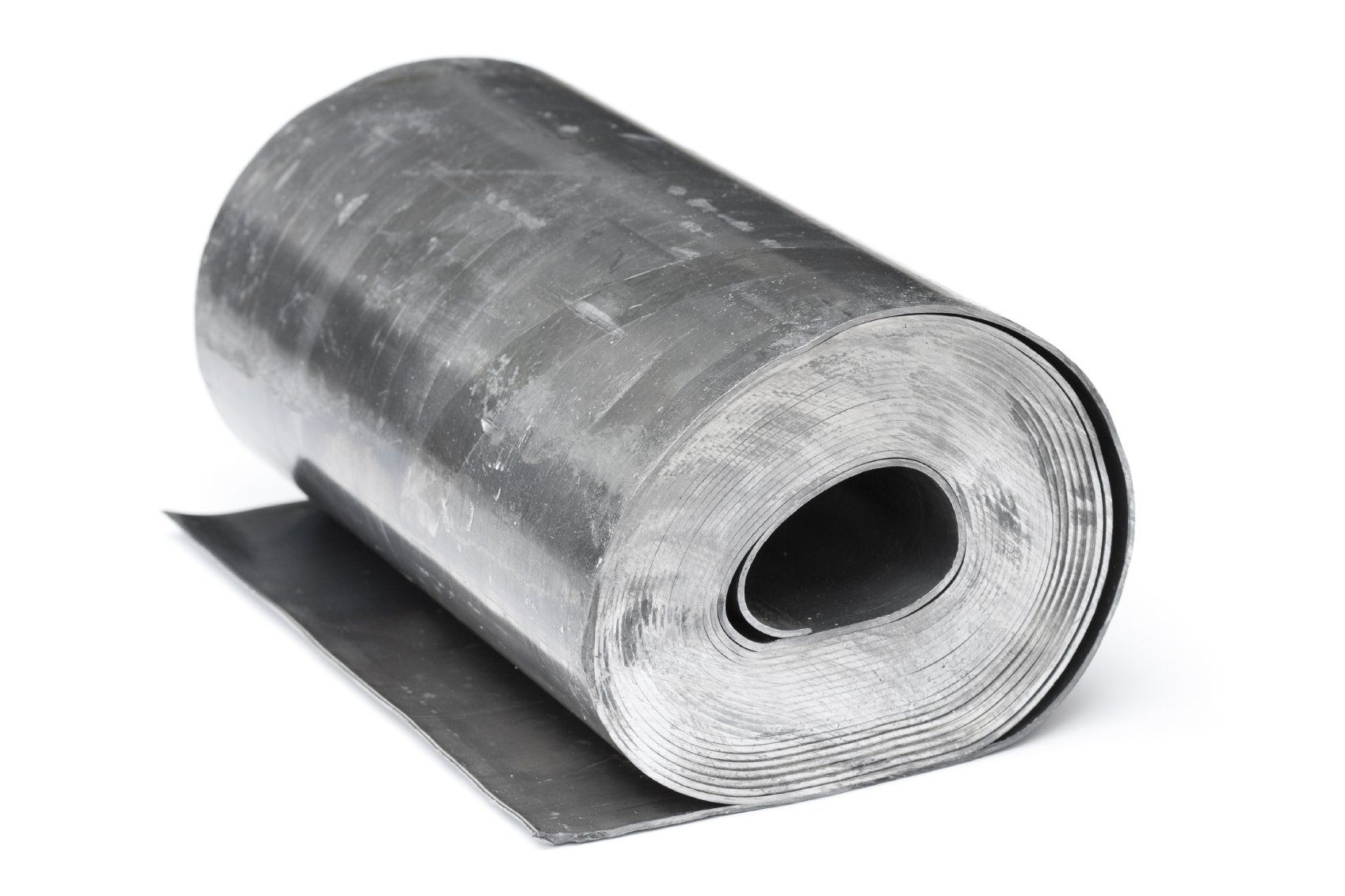The Hidden Dangers of Lead in Paint: Why Sampling is Crucial
Although lead-based paint has been banned in the UK since 1992, it is still present in many older buildings and homes

As a professional in the construction industry, I have seen first-hand the dangers of lead in paint. Many people are unaware of the prevalence of lead in paint and the potential health risks associated with exposure. In this article, I will explain the importance of lead paint sampling and the steps you can take to protect yourself and others from the hidden dangers of lead in paint.
Introduction to Lead in Paint
Lead has been used in paint for centuries due to its durability and ability to provide a smooth and shiny finish. However, lead is a toxic metal that can cause serious health problems, especially in children and pregnant women. Ingestion or inhalation of lead can lead to brain damage, developmental delays, and behavioural disorders.
Although lead-based paint has been banned in the UK since 1992, it is still present in many older buildings and homes. If the paint is not properly maintained or removed, it can pose a serious health risk.
The Prevalence of Lead in Paint
Lead-based paint is prevalent in buildings constructed before 1970. In fact, it is estimated that over 70% of UK homes built before 1970 contain lead-based paint. This means that many homeowners, landlords, and construction professionals may unknowingly be exposing themselves and others to the dangers of lead.
Legal Requirements for Lead Paint Sampling in the UK
To address the risk of lead exposure, the UK government has established legal requirements for lead paint sampling in certain situations. For example, if you are planning to demolish or refurbish a building constructed before 2000, you must have the paint tested for lead content before beginning work. This is to ensure that workers and occupants are not exposed to lead during the demolition or construction processes.
UK Lead in Paint Regulations and Standards
The UK government has established regulations and standards for lead in paint to protect public health. The maximum allowable concentration of lead in paint is 0.1% by weight. This means that if a paint sample contains more than 0.1% lead, it is considered lead-based paint and must be handled and disposed of in accordance with regulations.
Health Risks Associated with Lead Exposure
Exposure to lead can have serious health consequences, especially for children and pregnant women. Lead can affect the body in many ways, including:
- Damage to the nervous system
- Impaired cognitive function
- Developmental delays
- Behavioural disorders
- Kidney damage
- Anaemia
Why Sampling is Crucial in Detecting Lead in Paint
Sampling is the process of collecting and analysing a paint sample to determine its lead content. Sampling is crucial in detecting lead in paint because lead-based paint can often be hidden under layers of newer paint. Sampling can also help to identify areas where lead-based paint may have been used, even if it is not immediately visible.
Understanding the Sampling Process
The sampling process involves collecting a small sample of paint and sending it to a laboratory for analysis. The sample must be collected in a way that minimizes the risk of exposure to lead, such as using a wet wipe or a specialised sampling tool. Once the sample is collected, it is analysed using specialised equipment to determine its lead content.
What to Do if Lead is Found in Paint
If lead is found in paint, it is important to take immediate action to address the problem. Depending on the situation, this may involve removing the paint or covering it with a sealant. It is important to hire a qualified professional to handle the removal or encapsulation of lead-based paint to minimize the risk of exposure.
Conclusion
The dangers of lead in paint cannot be overstated. Exposure to lead can have serious health consequences, especially for children and pregnant women. Sampling is crucial in detecting lead in paint and ensuring that appropriate action is taken to protect public health.
If you are concerned about lead in paint in your home or workplace, I encourage you to take action today. Contact our friendly team of professionals today to perform lead paint sampling and take the necessary steps to address any issues that are identified. By working together, we can protect ourselves and others from the hidden dangers of lead in paint.









